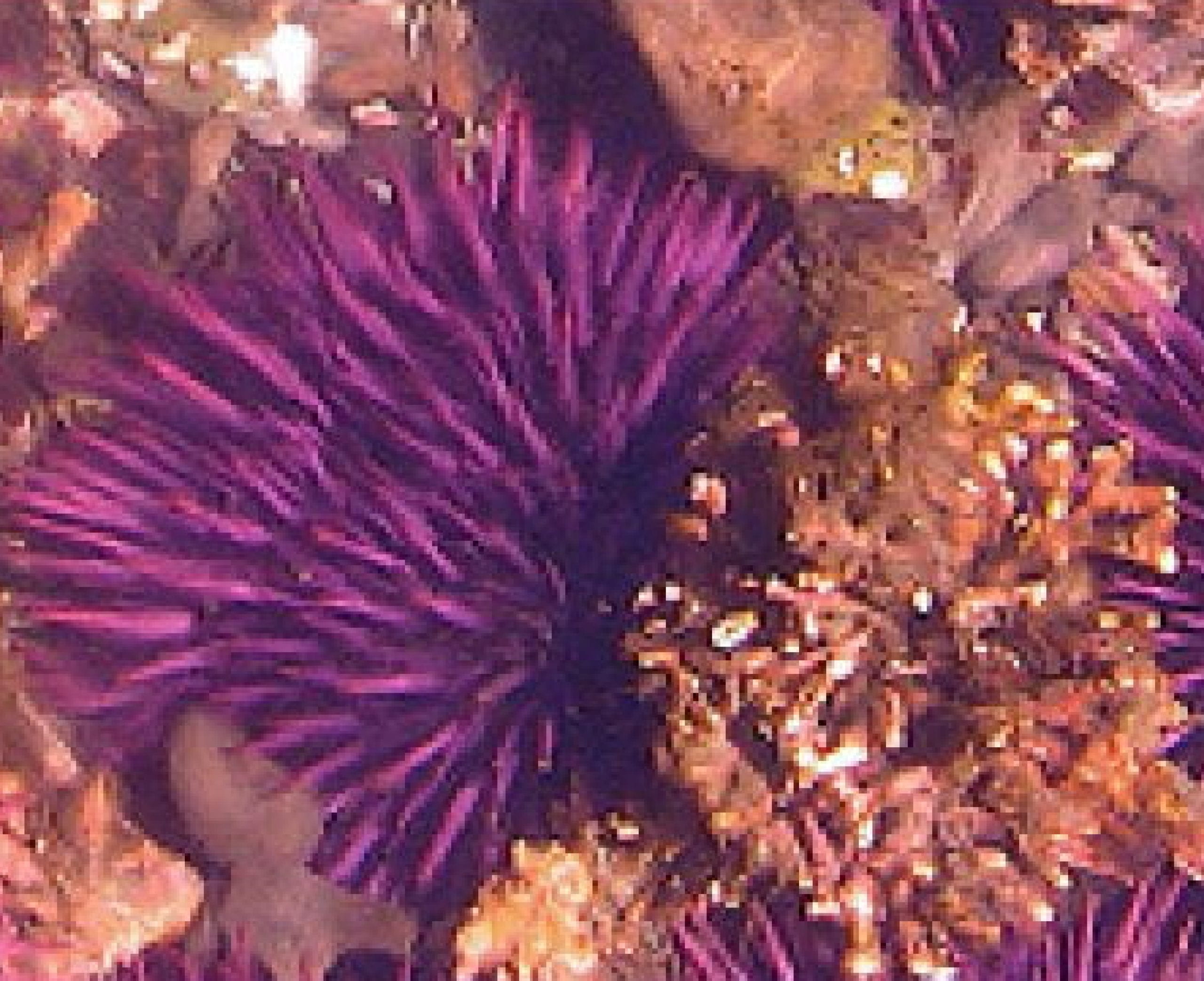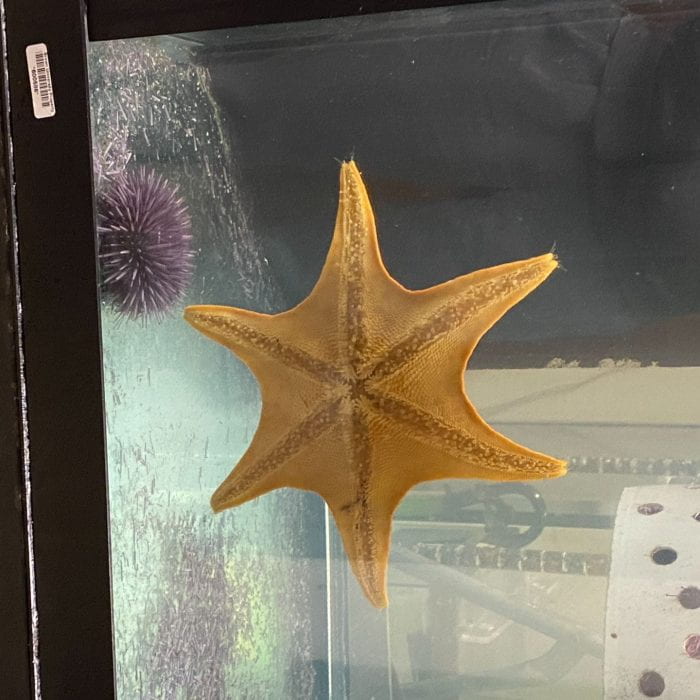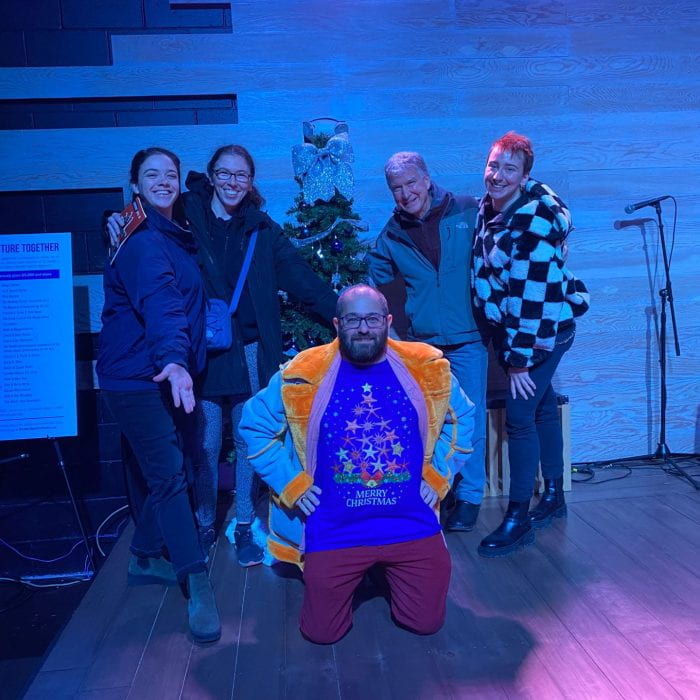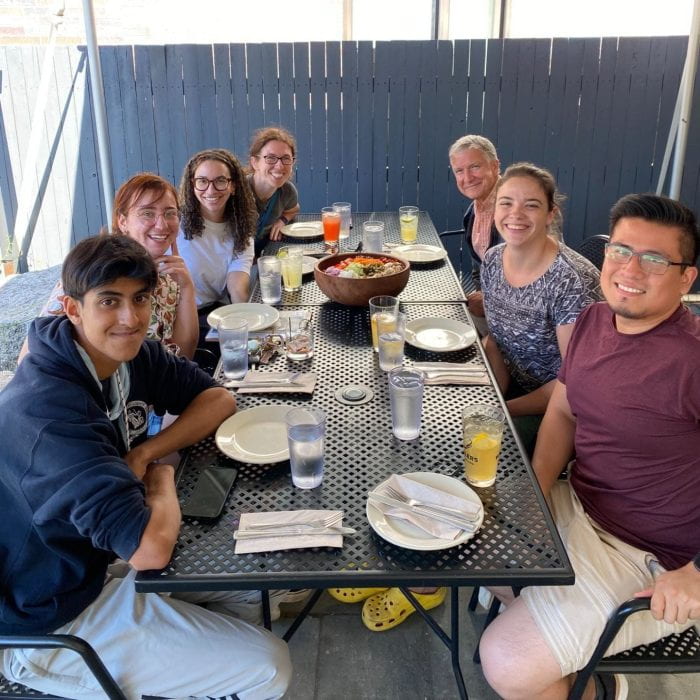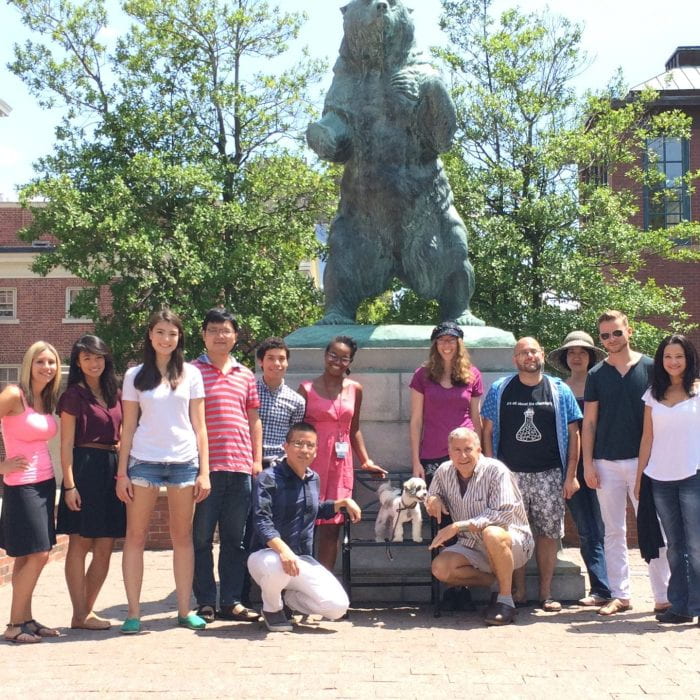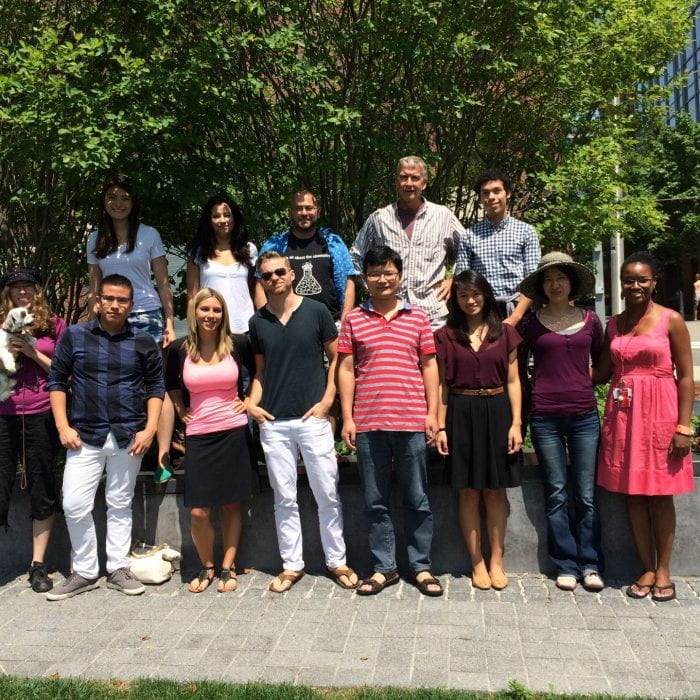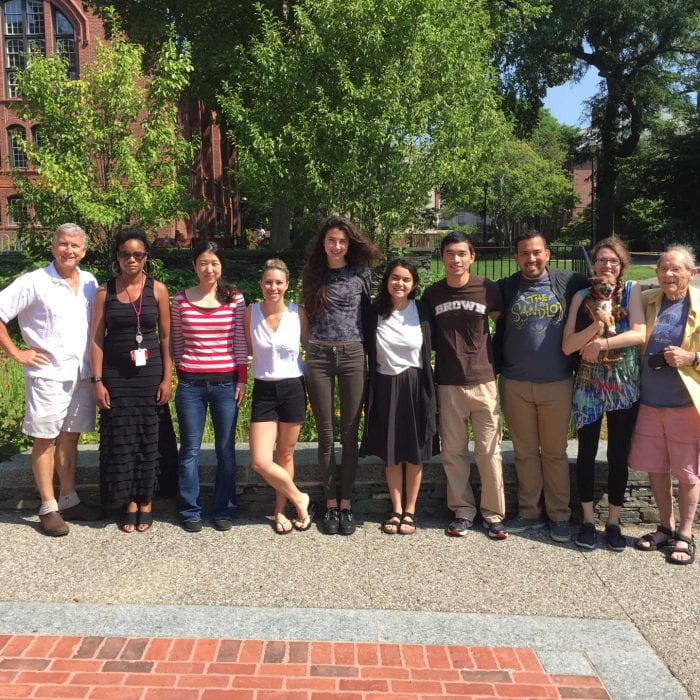Welcome to the Providence Institute of Molecular Oogenesis
Reproduction is arguably the most important goal of an organism and our lab uses a variety of organisms and experimental approaches to understand how the process works. While many reproductive strategies have been tested in evolution, our understanding generally remains rudimentary. Recent advances in technology have enabled new approaches to study reproduction, and a convergence of disciplines is now poised to uncover these most fundamental mechanisms. We believe the best way to understand reproduction is through the examination of diverse organisms and to leverage their differences to highlight underlying principles. Please explore more of who we are and what we do in the associated pages.
